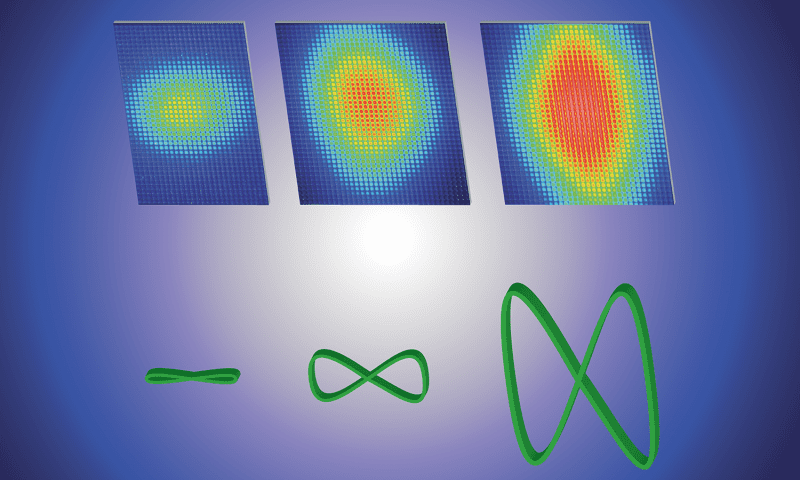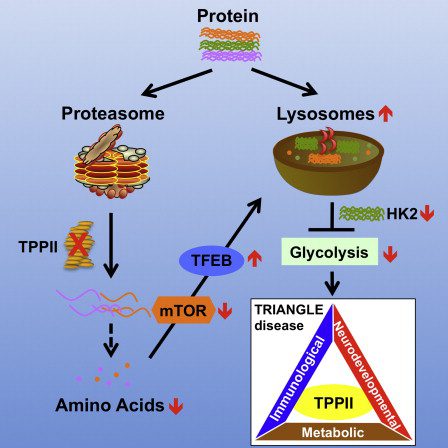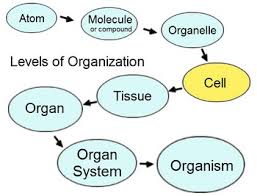The tipping point (revisited): 87K (3)

My NCBI » Saved Search Settings “What’s new for ‘microRNA’ in PubMed”(5/29/19) 170 new items were added to the indexed articles in one day for a total of 87,149 Co-circulation of genetically distinct highly pathogenic avian influenza A clade 2.3.4.4 (H5N6) viruses in wild waterfowl and poultry in Europe and East Asia, 2017–18 (4/22/19) can … The tipping point (revisited): 87K (3)








